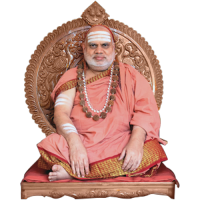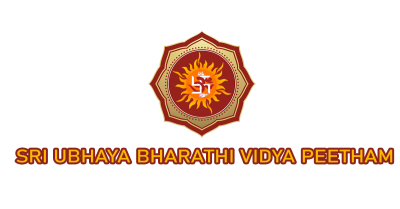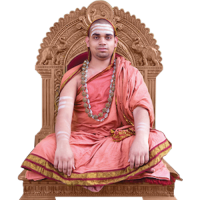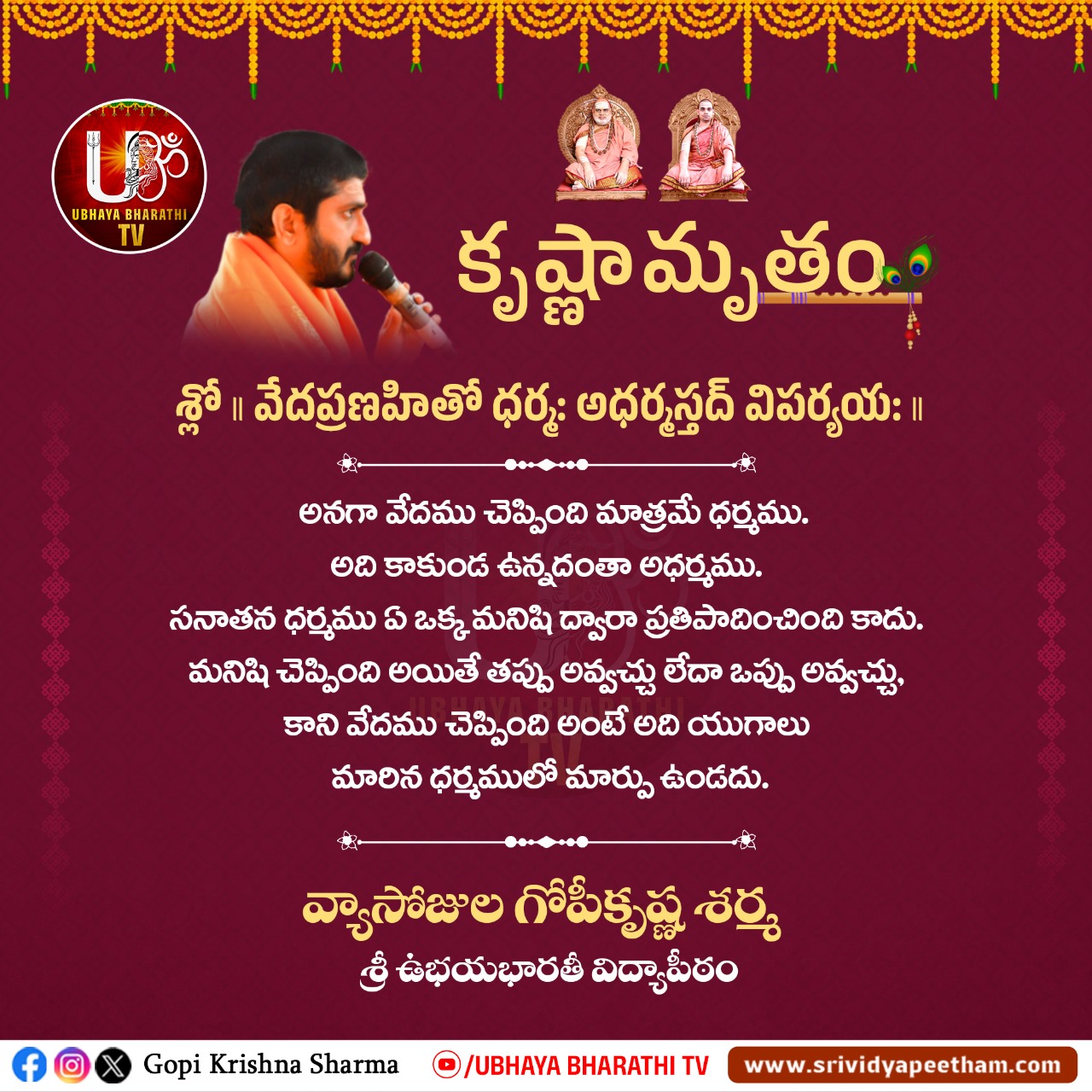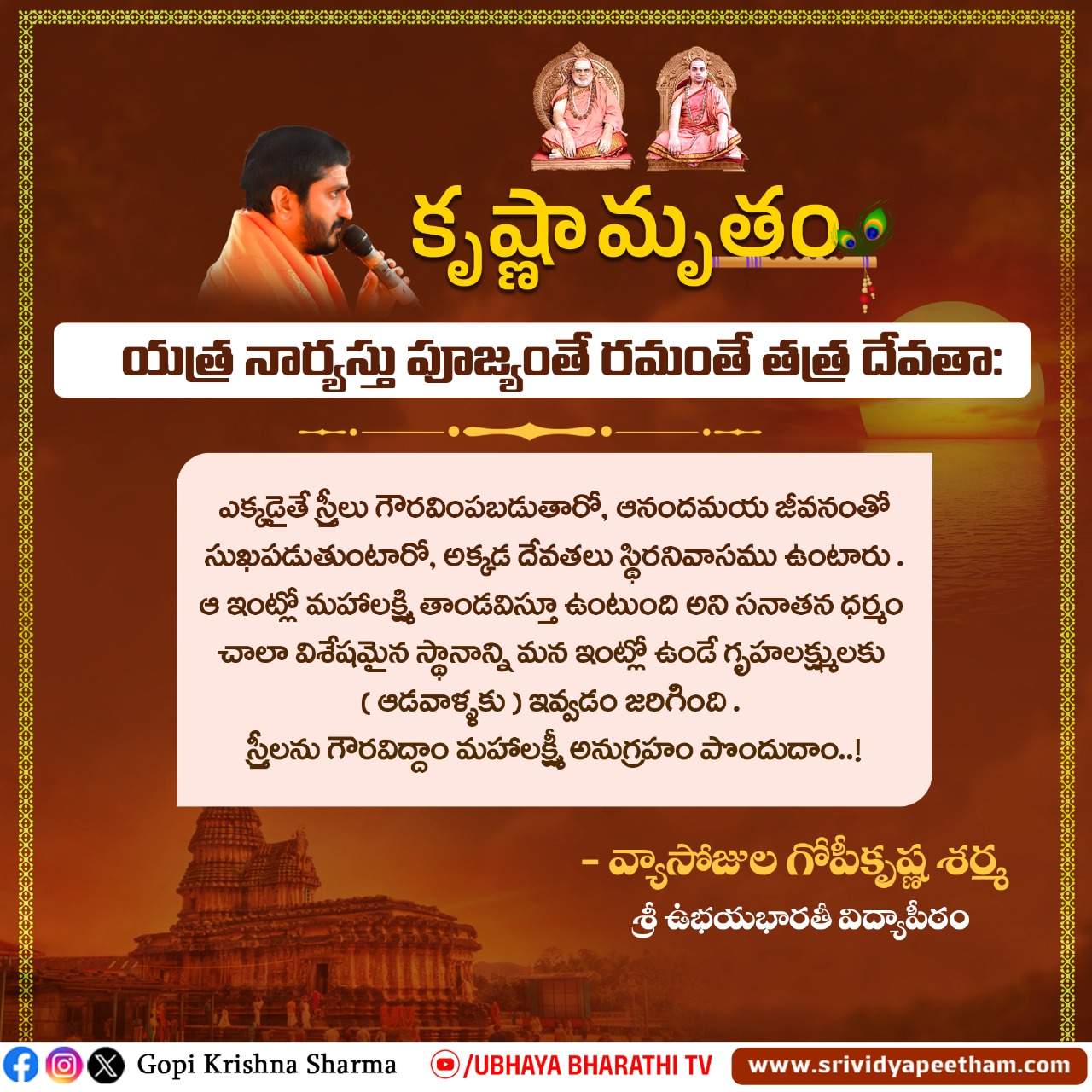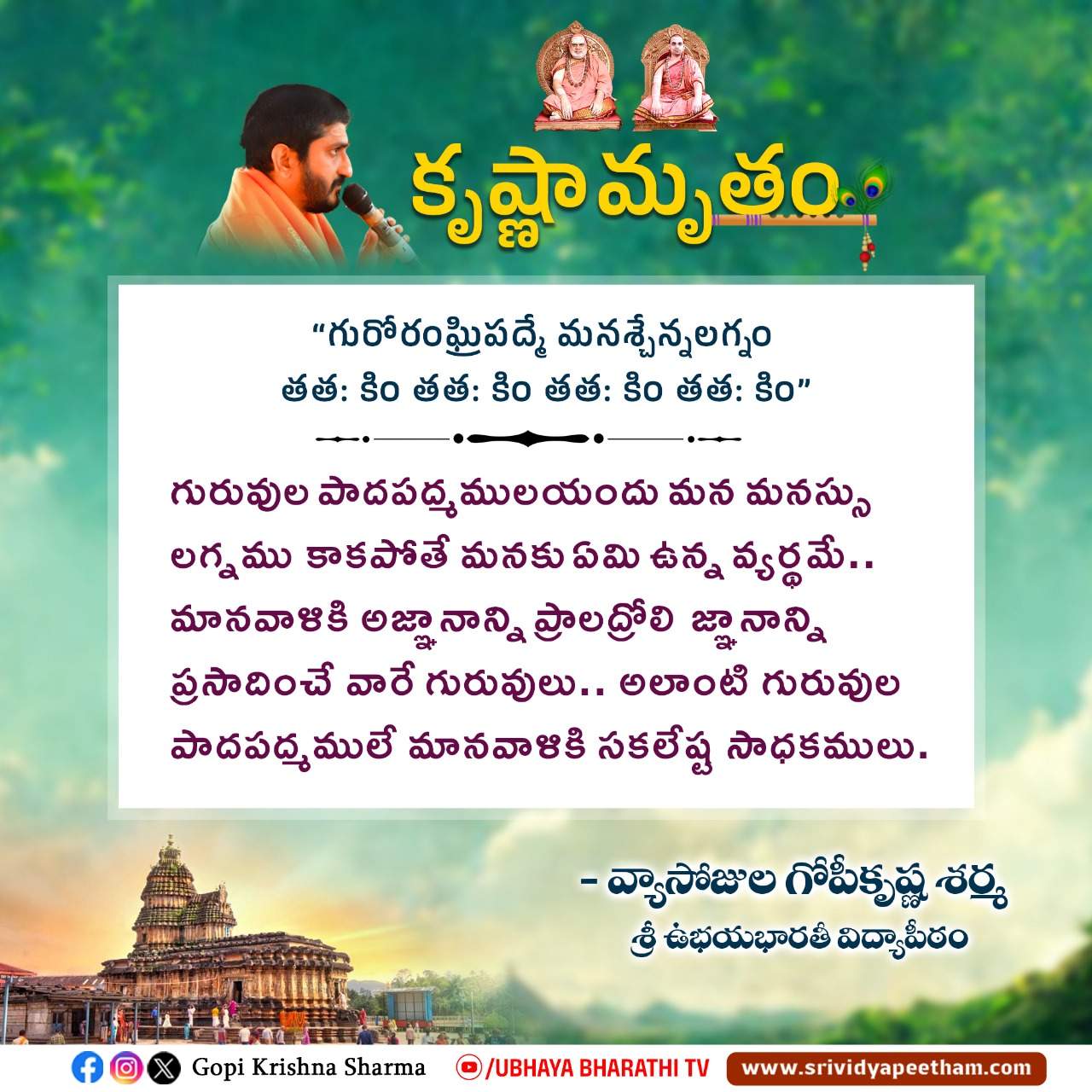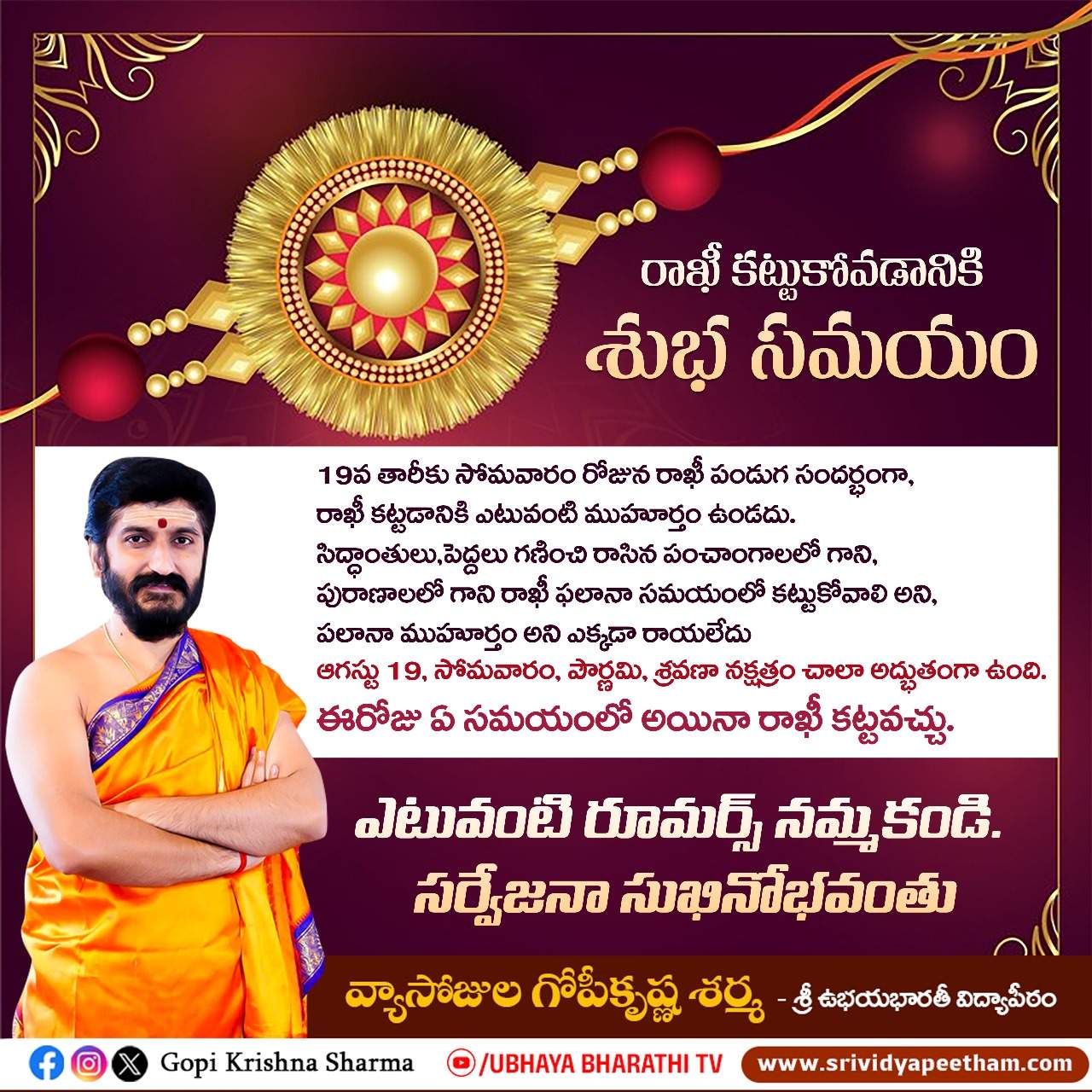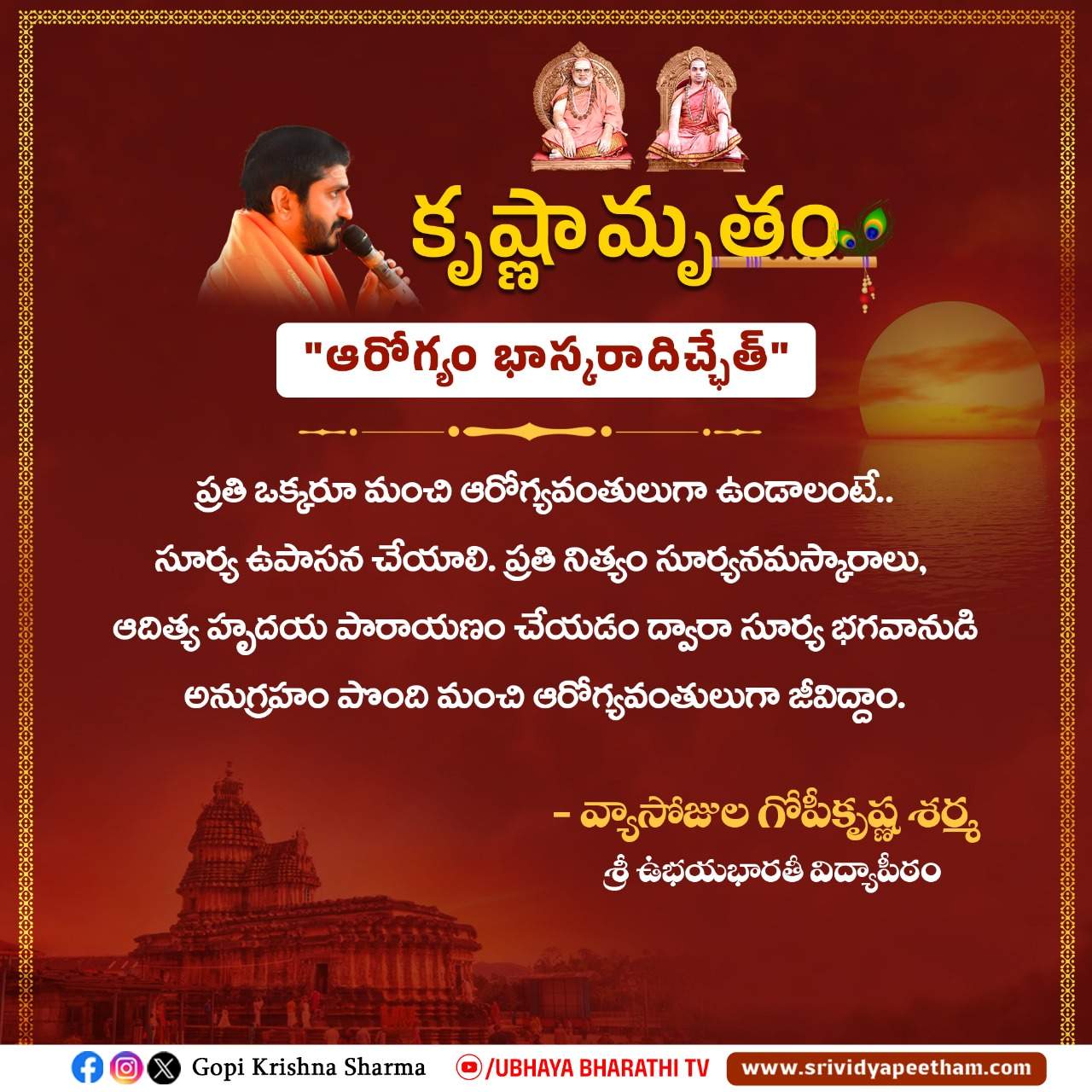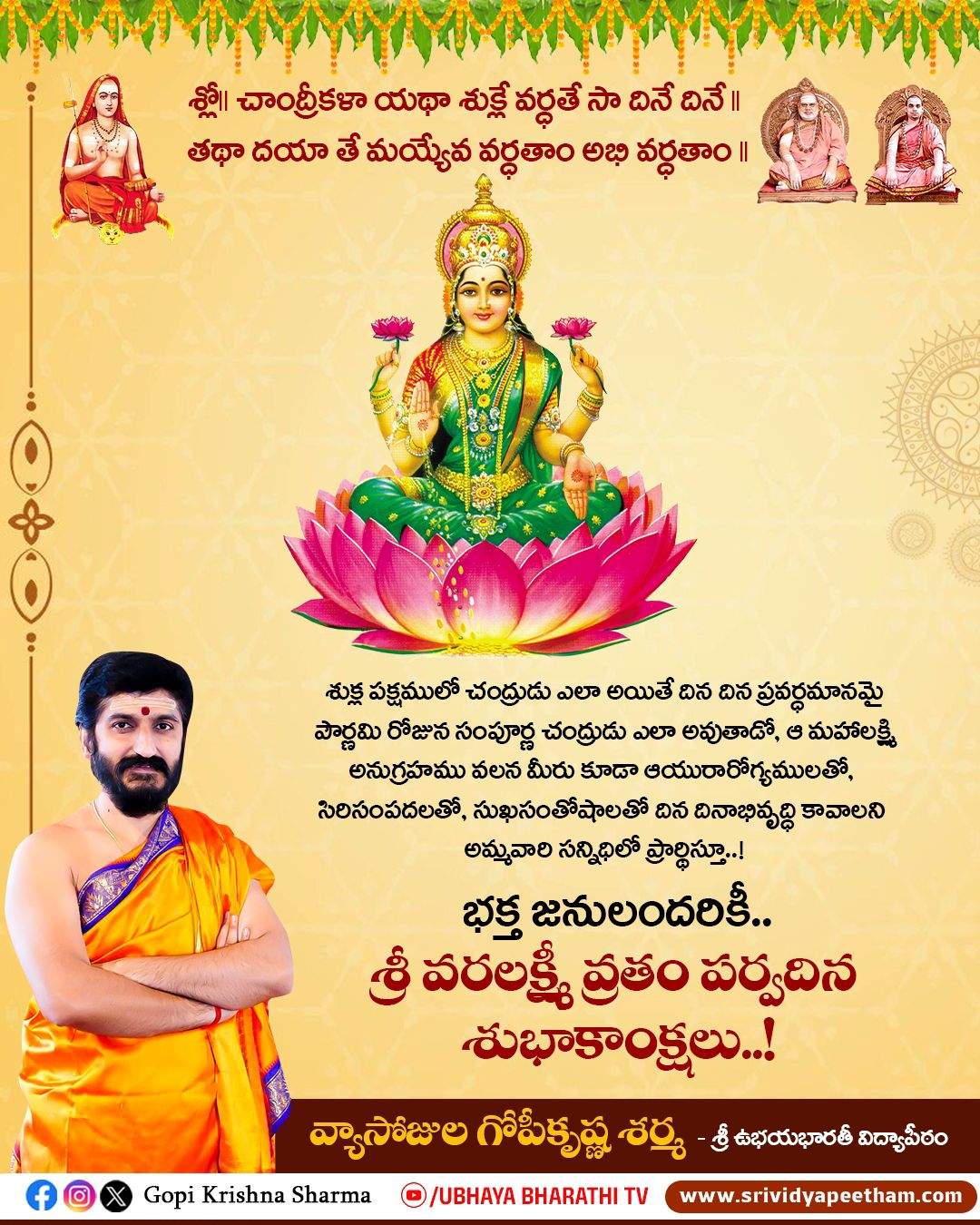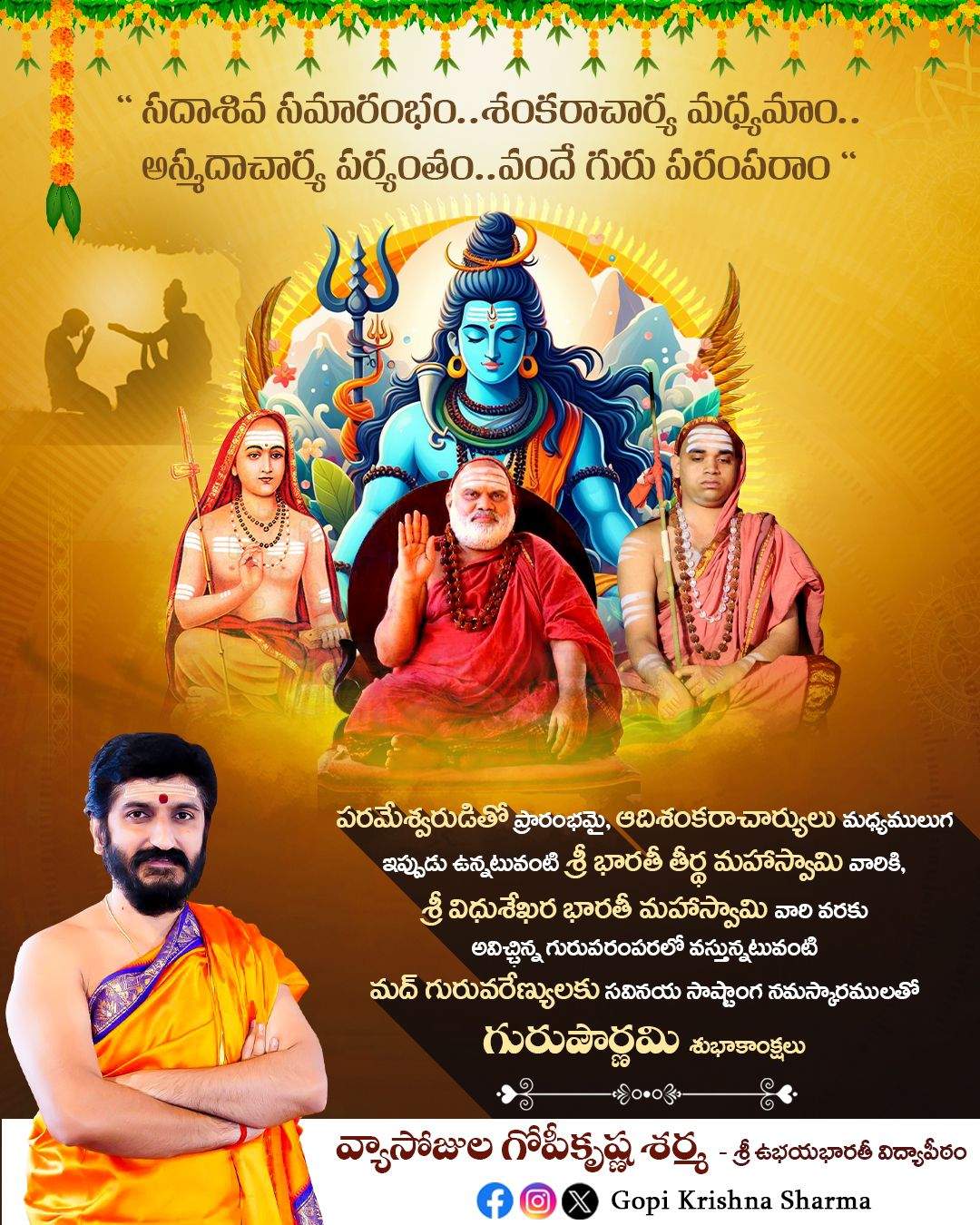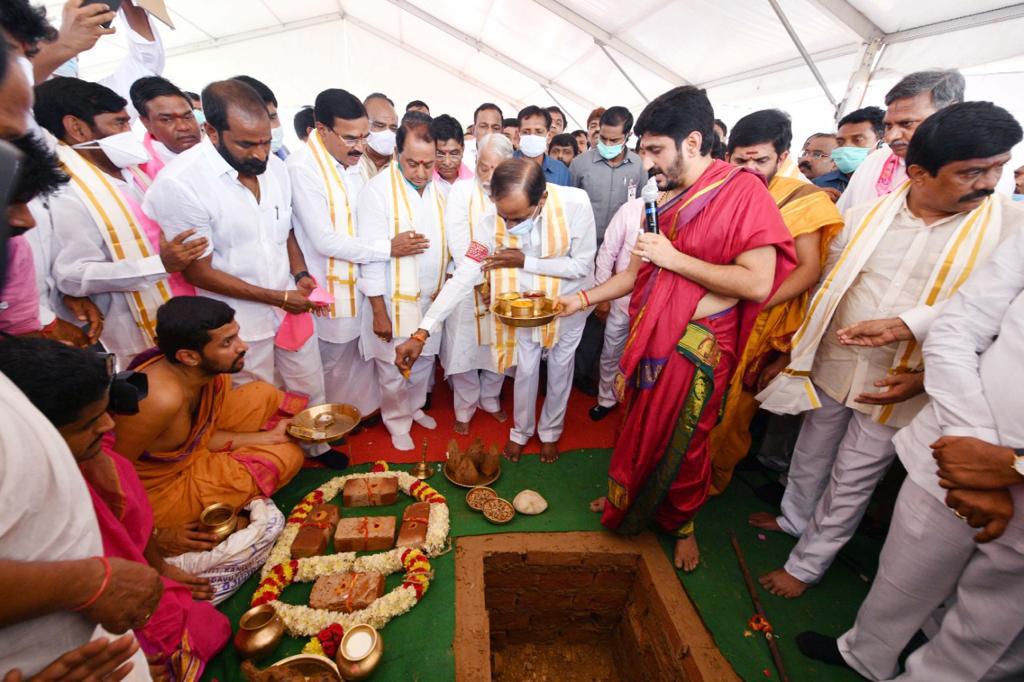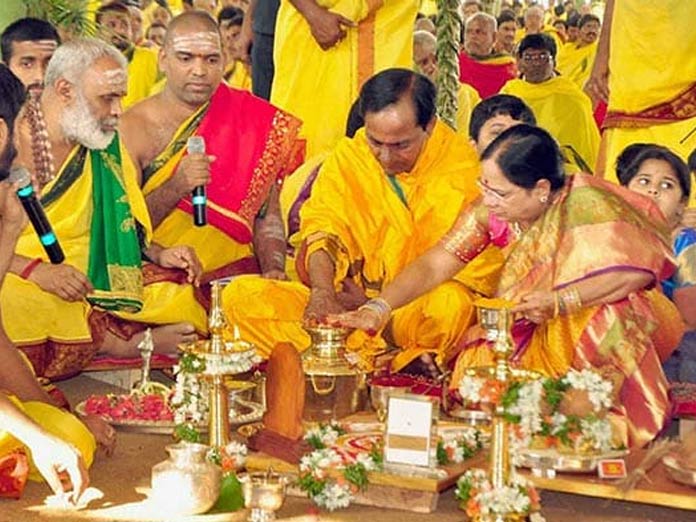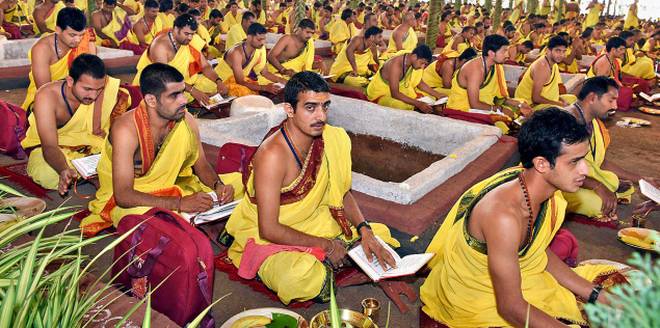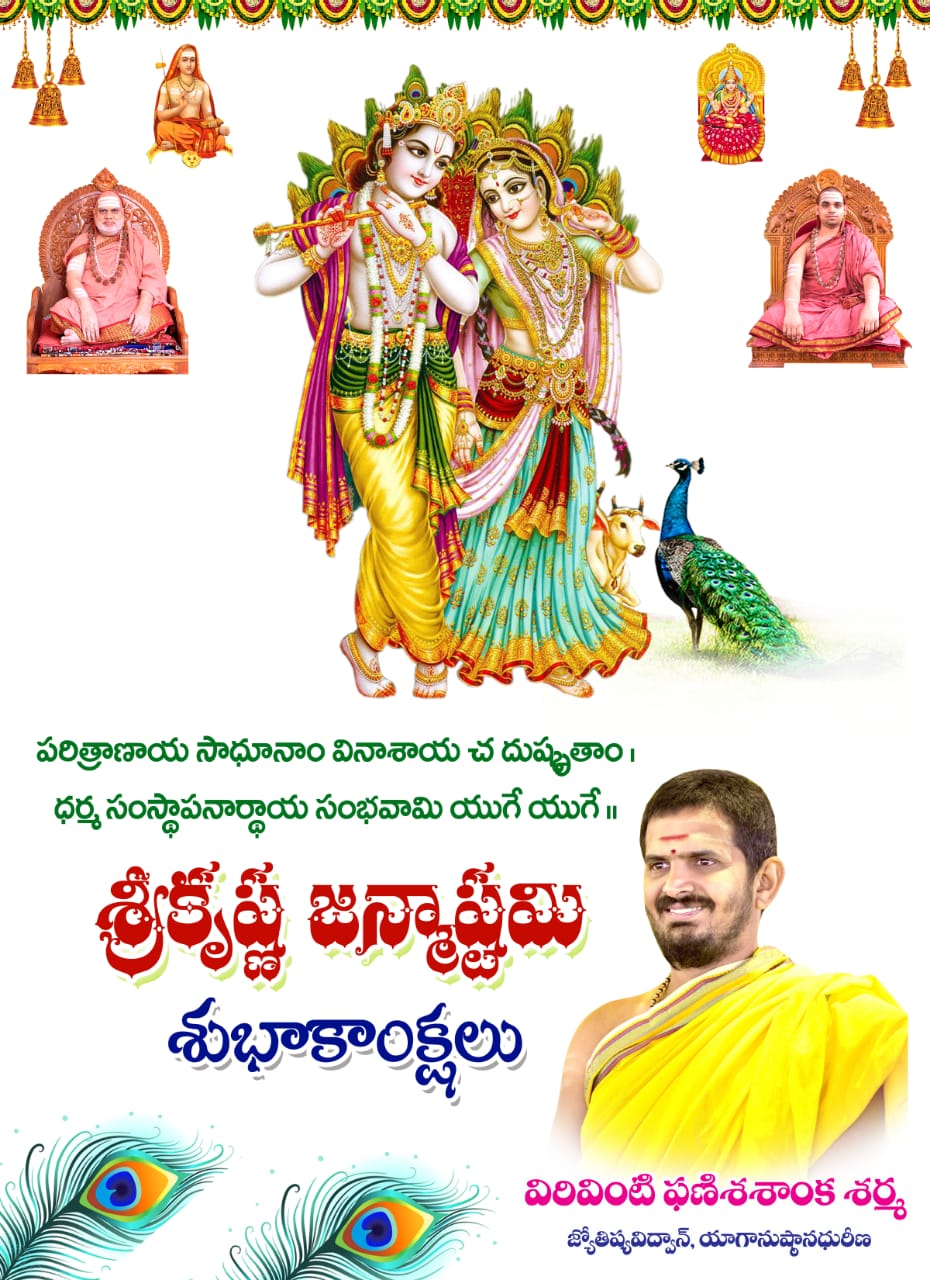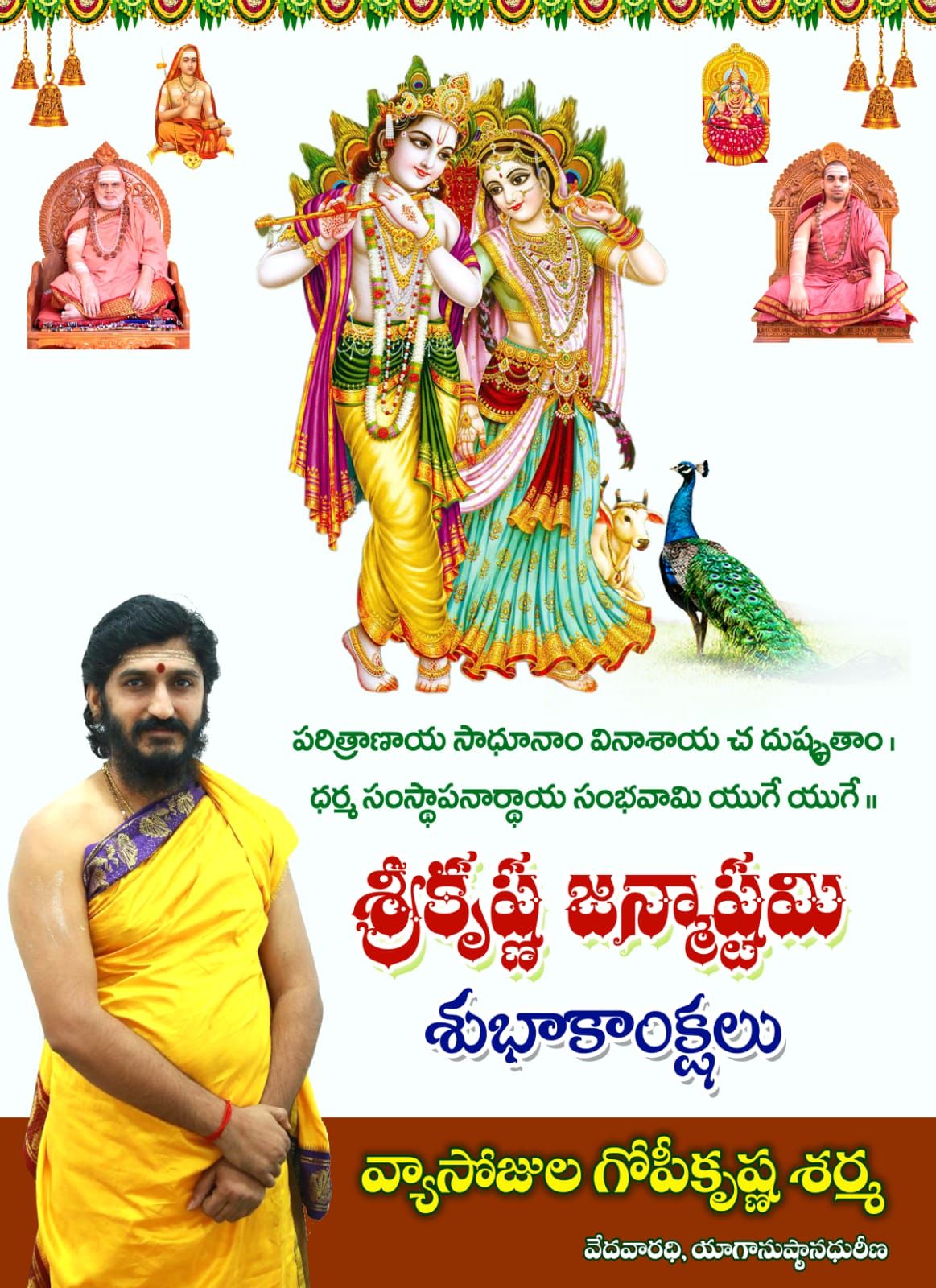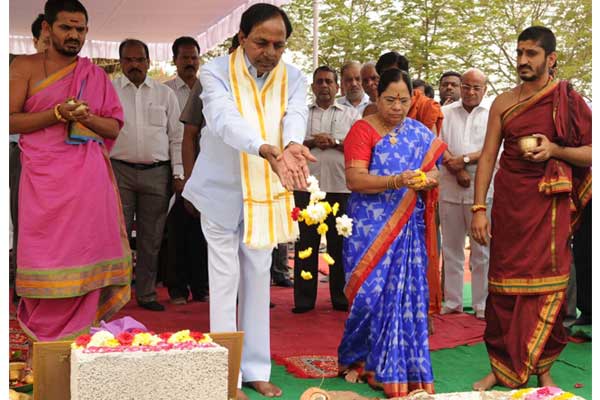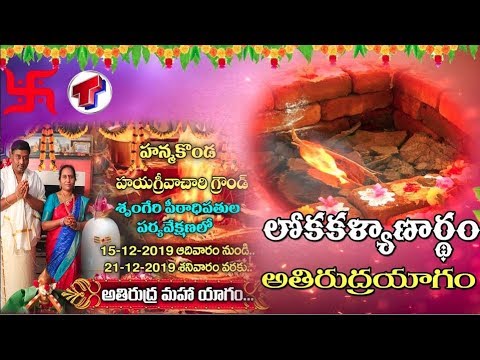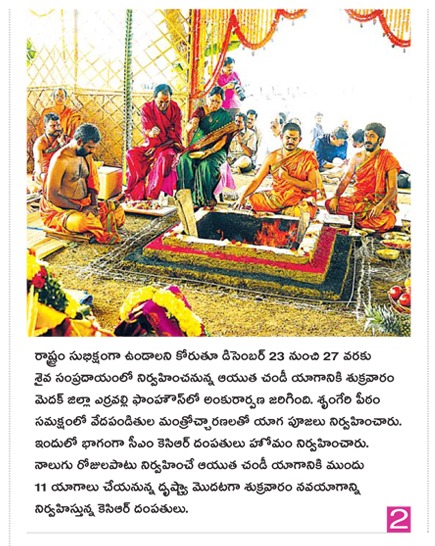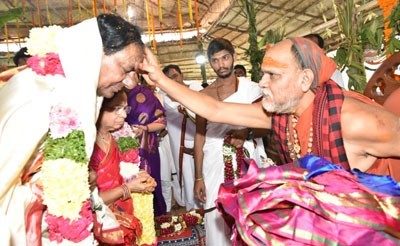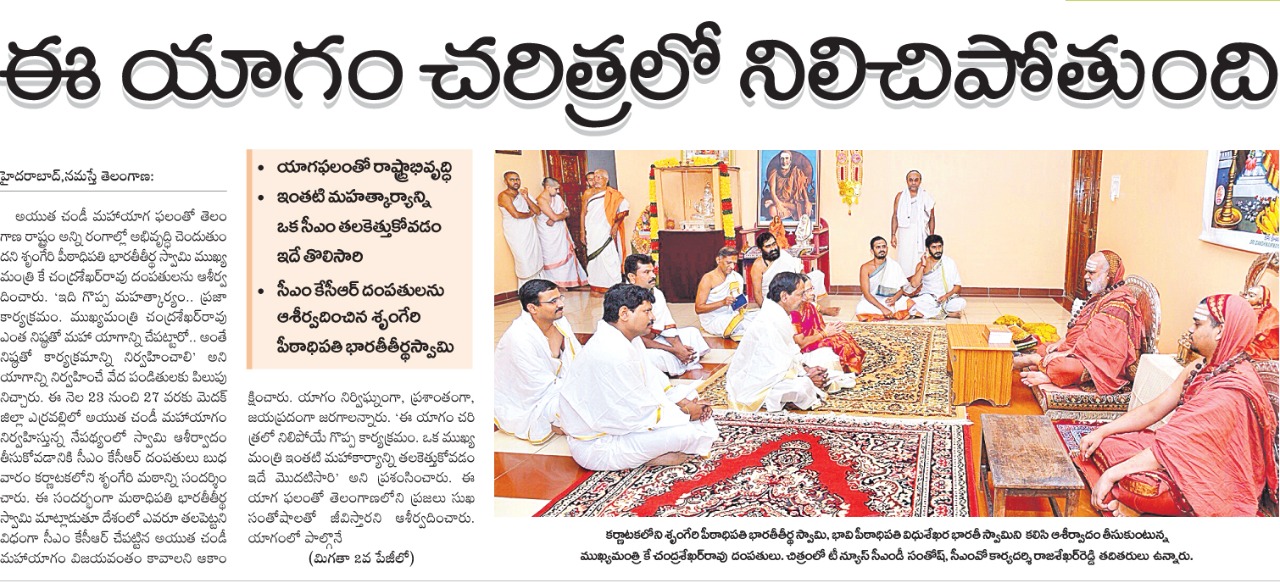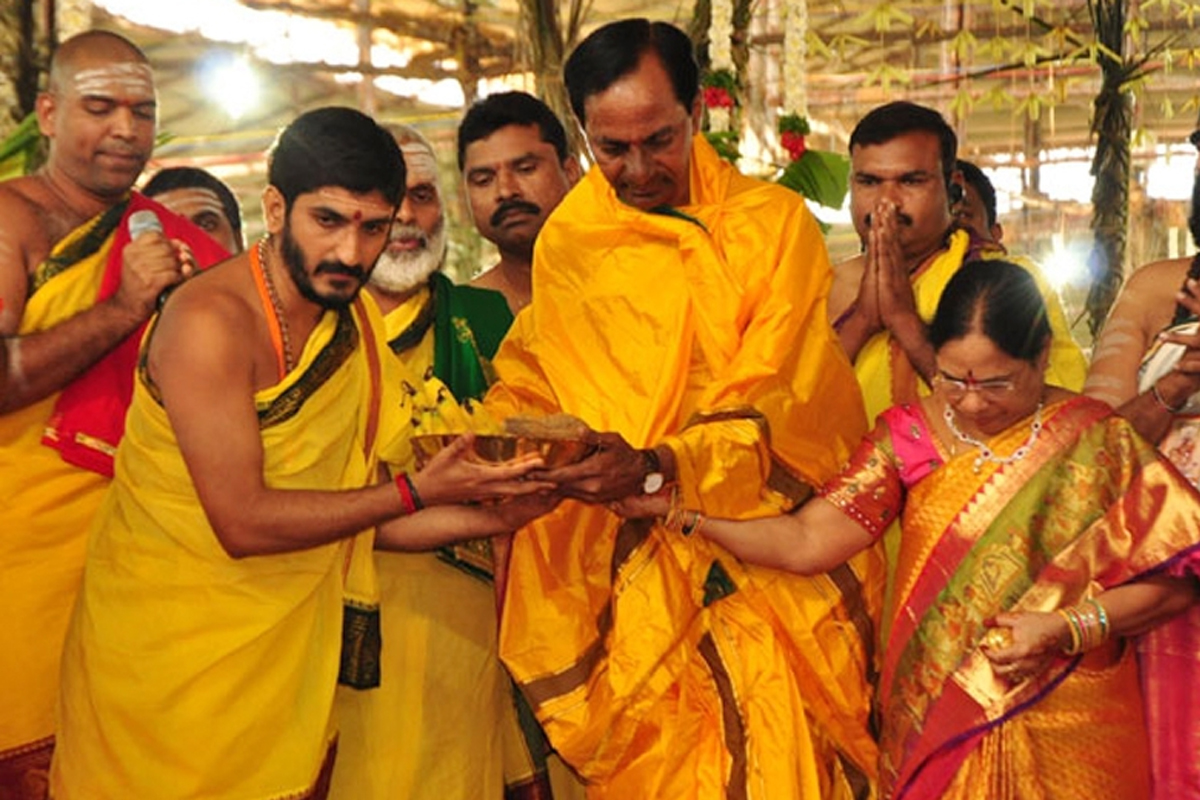Ayutha Chandi Maha Yagam: KCR’s show of strength

More than 1.5 million people attended the Telangana chief minister's five-day puja
Sleepy Erravalli village, some 60km from Hyderabad in Medak district of Telangana, woke up on 23 December to the sounds of vedic chants, marking the beginning of Ayutha Chandi Maha Yaga—a five-day ritual undertaken by Telangana chief minister Kalvakuntla Chandrashekar Rao, popularly known as KCR, for the well-being of India’s newest state and universal peace.
With the strongman of Telangana leading the yaga, there was no dearth of VIPs. Pontiffs to politicians, bureaucrats to judges, businessmen to film actors made a beeline to witness the mammoth exercise that culminated on 27 December.
According to estimates by the organizers, at least 1.5 million people visited the yaga over the five days—making it the one of the biggest private religious rituals ever performed in the country.
To facilitate the yaga, KCR converted a portion of his 60-acre farmhouse at Erravalli into a yaga village with a grand thoranam or entrance.
A 40,000 sq. ft yagashala was built, using bamboo and paddy straw for the roof, to accommodate 108 elevated fire pits for 1,500 ruthvijas or vedic pundits to perform the yaga.
Entry to the yagashala was restricted to those following a strict code of conduct and wearing saffron or pink clothes, like satviks or sadhus.
Cottages were built for the pontiffs and other important people apart from a dining hall to cater to 10,000 people and a parking lot for 25,000 vehicles.
A helipad for five helicopters was prepared near the venue. President Pranab Mukherjee couldn’t make it to the event as planned due to a fire at the yagashala on the last day of the yaga. The fire was put out in time by fire tenders stationed at the venue.
“It was like a jatara (festival)," said Venkat Reddy, a real estate developer who travelled from Hyderabad to Erravalli on the last day.
“We wanted to be part of an event that was held for the larger good of society," Reddy said. He and his family waited for two hours to get a glimpse of the yaga.
A firm believer in vaastu (a traditional system of architecture) and jyothisha (astrology), KCR on a friend’s advice took the vow during the peak of the Telangana agitation to conduct a chandi yaga if the state was successfully carved out of Andhra Pradesh.
KCR went on to become chief minister of Telangana, India’s 29th state, which came into existence on 2 June 2014.
“The yaga is for the well-being of the entire state of Telangana so that everybody lives in peace; there is no vested interest in it," KCR said in an address to the media.
Telangana has been facing droughts for two years running, sparking rural distress and farmer suicides.
He said the entire cost of the yaga was met by him, with support from friends and well-wishers.
KCR isn’t new to yagas; in fact, he has performed half-a-dozen chandi yagas in the past two-and-a-half decades. But the Ayutha Chandi Maha Yaga he performed in December was by far the biggest.
So, what is the Ayutha Chandi Maha Yaga?
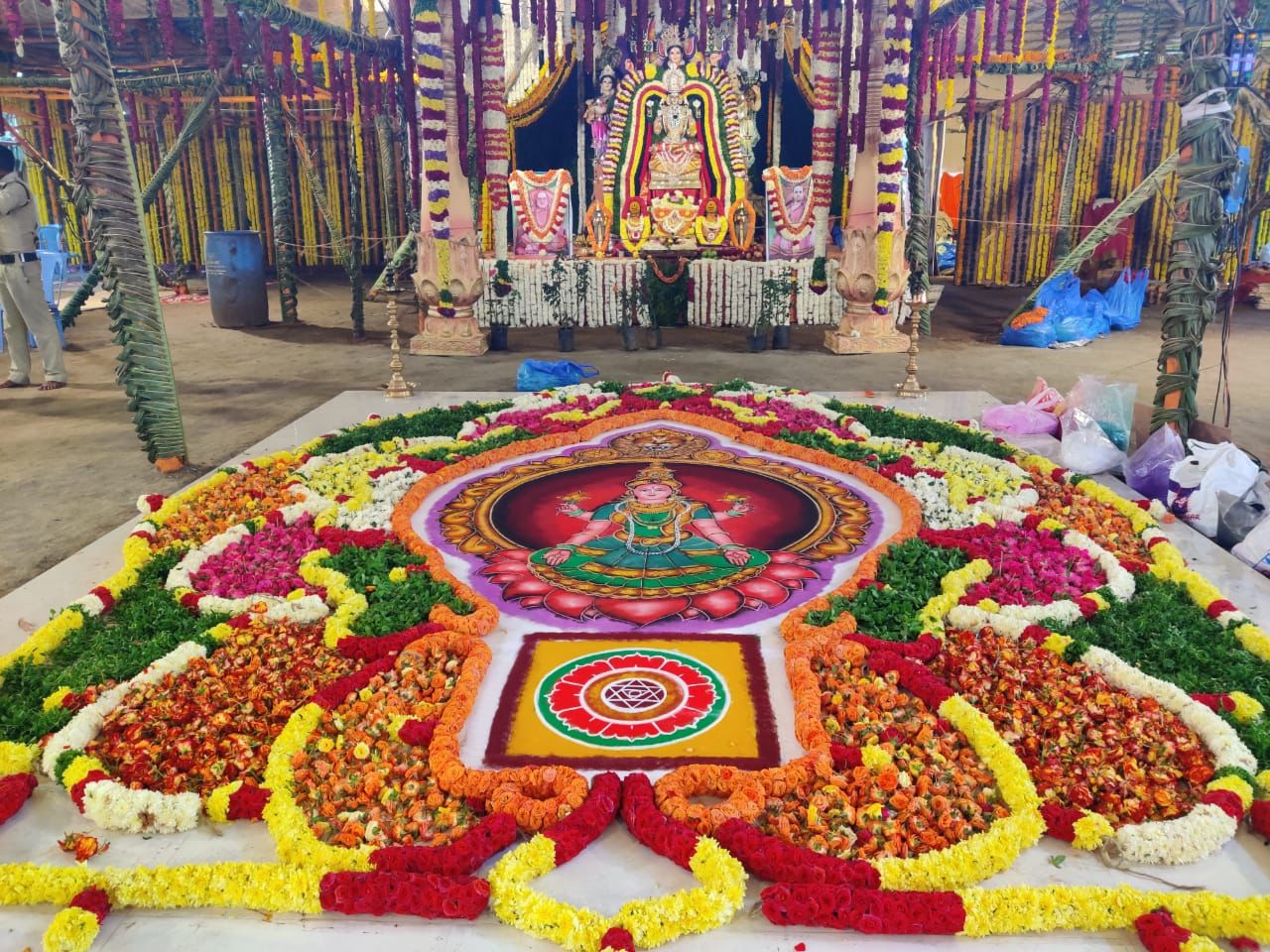
It is an ancient ritual performed to invoke the blessings of Chandi or Durga, considered the mother of all creation. Ayutha in Sanskrit means 10,000. The yaga involves reciting the verses of the Durga Saptashati 10,000 times, a 10th of which need to be accompanied with homam or offering of oblations of payasam to the sacrificial fire at the massive yagashala specially constructed for the occasion.
Durga Saptashati (sapta means seven, shati is equivalent of 100 in Sanskrit) is part of the Markandeya Purana containing 700 shlokas or verses arranged in 13 chapters. The Saptashati eulogizes the goddess Durga for defeating various demons.
In addition to the Saptashati, the Chandi Navakshari mantra needs to repeated for a total of 10 million times over a period of five days.
As part of the yaga, prayers are offered to a pantheon of Hindu gods, starting with Ganesha, the remover of obstacles, followed by Shiva, Vishnu, Brahma, Lakshmi, Saraswati, Bhairava and others.
There are dozens of other sub-rituals that need to performed as part of the Chandi yaga that include anugna sankalpam, seeking consent of the goddess to perform the yaga; punyahavachanam, purification; kalasa sthaapana; kanya pooja; gho puja; suhasini puja; dampathi puja; brahmachari puja; and sumangala dravyaahuti.
On the last day of the yaga, a Purnaahuti ritual was performed wherein 12 tonnes of payasam or paramannam made with four tonnes of rice, five tonnes of jaggery, 1,000 litres each of milk and ghee, 500kg of sesame seeds, 100kg each of cashew nuts, raisins and almonds was offered as oblation to the sacred fire. Around 50 tonnes of moduga samidhalu was used as firewood for the ritual.
Moduga, known botanically as Butea monosperma, is a medium-sized dry season deciduous tree that grows to a length of 15m.
The Purnaahuti also included oblations of coconuts, betel nuts, kumkum (vermillion), turmeric, flowers, fruits, coins and herbs.
Apart from scale, Ayutha Chandi Maha Yaga demands austerity and discipline, and was held under the direct supervision of Sharada Peetham at Sringeri in Karnataka, known for stringent norms or niyamam on yaga procedures.
Sharada Peetham at Sringeri was established by the Hindu revivalist Adi Shankacharya in the 8th century to propagate Advaita Vedanta or the philosophy of non-duality.

“This was the second time in the last 200 years of the peetham’s history that this particular yaga was conducted," said Virivinti Phani Shashanka Sharma.
Sharma was one of the six priests or ruthvijas nominated by Sri Bharati Tirtha, the chief pontiff of the Sharada Peetham at Sringeri to officiate the yaga proceedings at Erravalli.
The 1,500 ruthvijas or vedic pundits were from six states: Telangana, Andhra Pradesh, Karnataka, Tamil Nadu, Maharashtra and Uttar Pradesh.
To perform the yaga, the ruthvijas should be proficient in the four Vedas, along with expertise in Saptashati.
“A purity of mind and body is required. There is a code for dress, food, sleep and bathing during the course of five days. For instance, ruthvijas are not supposed to drink even water while performing the yaga," Sharma explained.
On the concluding day, KCR felicitated the conductors of the yaga with golden bangles and other gifts and also gave them a remuneration.
“It takes at least Rs7-8 crore to hold a ritual of this scale," said P.V.R.K. Prasad, who was media adviser and additional secretary to former prime minister P.V. Narasimha Rao.
Prasad, a retired civil servant, was adviser to various Andhra Pradesh governments on matters related to the Tirumala Tirupati Devasthanam.
“Many politicians take yagas seriously, but most of them prefer to do it privately, away from the public eye," Prasad said.
KCR has set a new precedent in this regard, he added.
Prasad said two homas—Narasimha homa and Mrityunjaya homa—were held secretly on behalf of Narasimha Rao to provide protection from ill-health and enemies.
“Narasimha Rao gave his nod to the homas, only on condition that his physical presence wasn’t required," Prasad said.
Within hours of the Ayutha Chandi Maha Yaga coming to an end, KCR announced that he would perform a Prayutha Chandi Yaga once all flagship programmes were implemented successfully.
“KCR has successfully turned a private ritual into a massive show of strength and celebrity-gazing event,"
